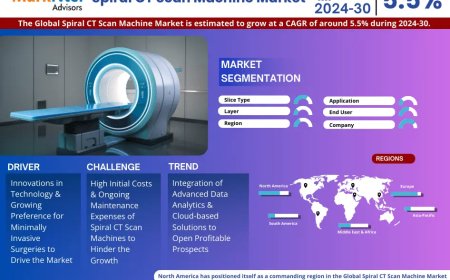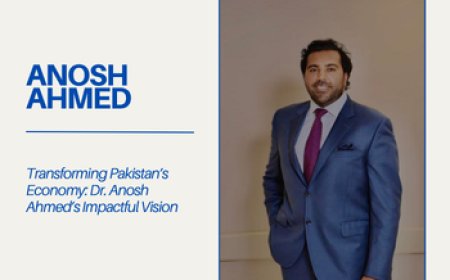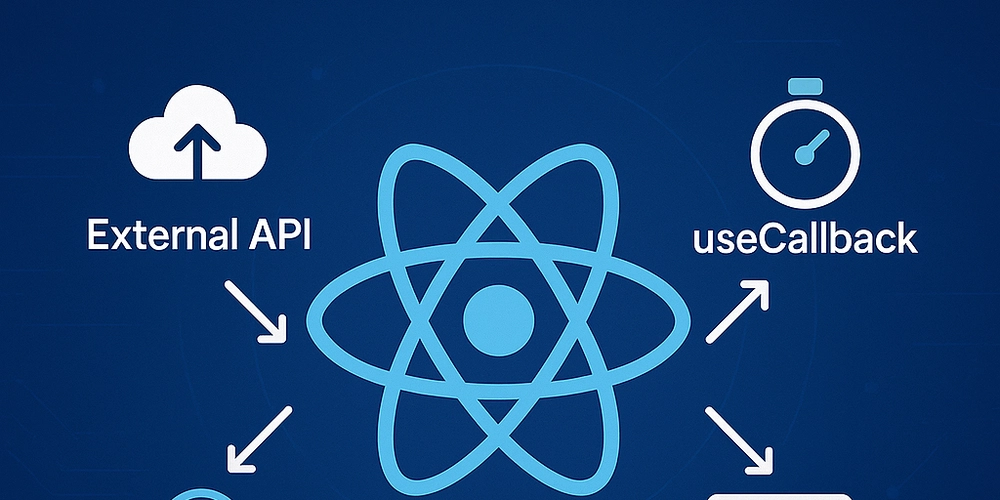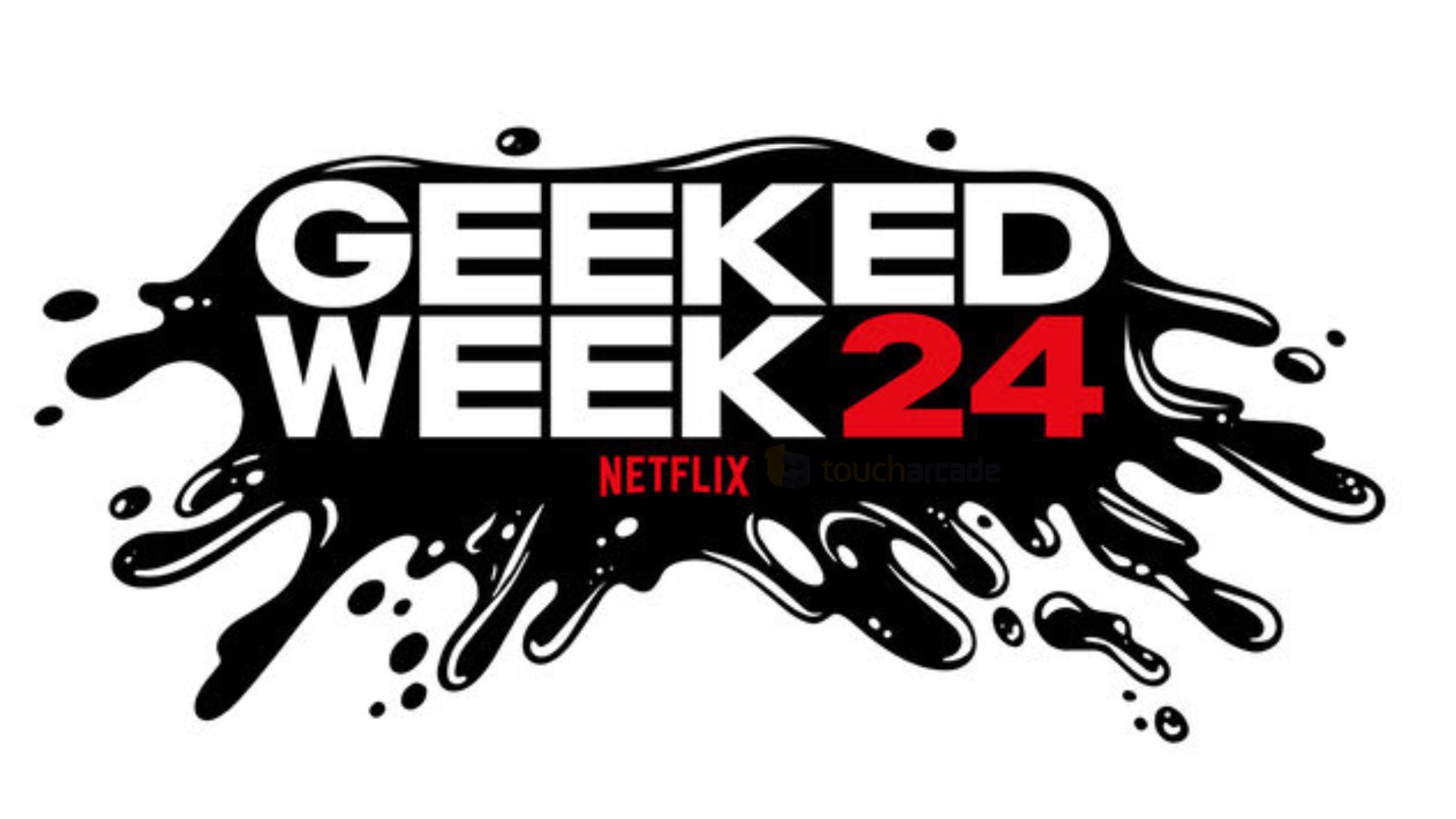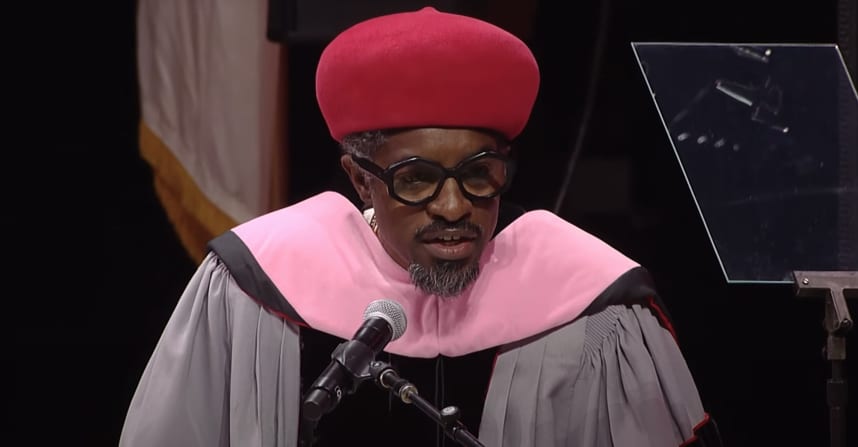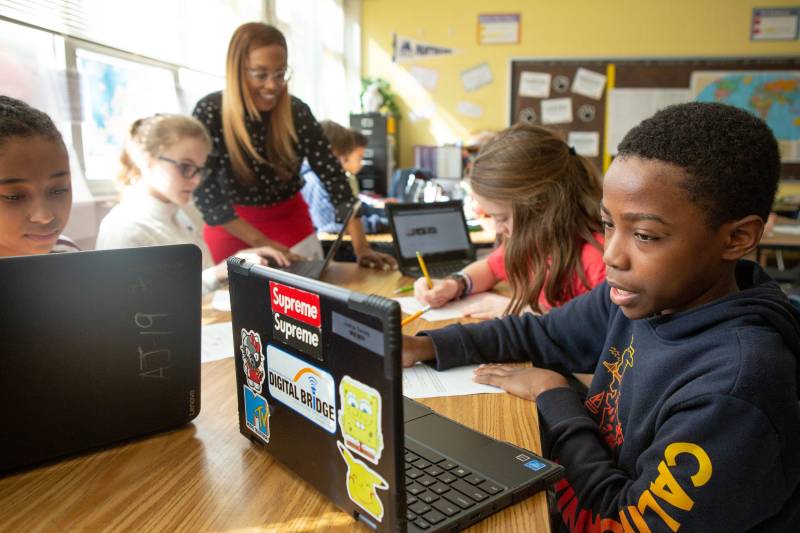Lifelong Learning as Abundant Learning
Explore how expanding education systems to serve all ages can transform funding and foster abundant, lifelong learning. The post Lifelong Learning as Abundant Learning appeared first on Getting Smart.
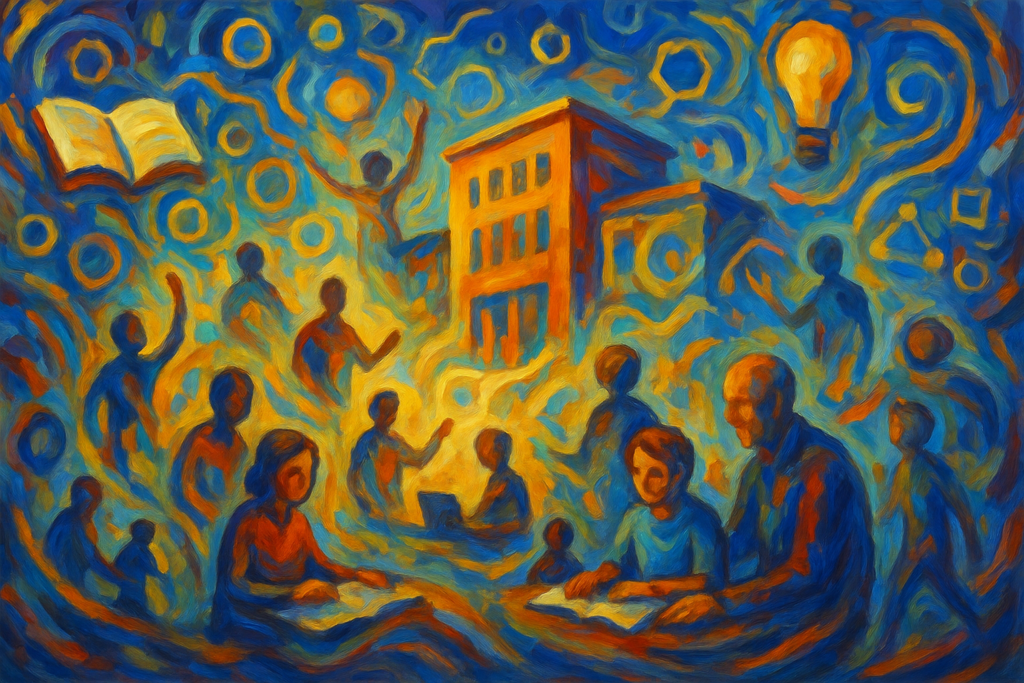
I recently had the chance to chat with a small group about why an abundance mindset is key to driving education innovation. In this conversation, we looked at ESAs as a radical lever in reframing the supply and demand equation of education, which naturally led to concerns around ESAs diverting money from public schools. This is, of course, a notable challenge and something that can’t be ignored. However, looking at this challenge through different lenses enables a shift from scarcity thinking (limited resources) to abundance thinking (plentiful resources). This default to scarcity thinking makes sense—edleaders are duking it out over a limited pool of resources and want to ensure that they can provide the best environment and tools for their learners. That’s a noble cause. In these moments of low trust and high volatility, it’s difficult to ask questions of “what if?” but it’s also the perfect time to imagine a better way.
So, in that spirit, and to address the challenges above, what if “who” public education serves got a whole lot larger?
According to the U.S. Census, K-12 age young people make up ~16% of our population. There’s an additional ~60% of our population between college and retirement age. What if these individuals could also reap the benefits of local educational assets? I’ll come back to that. First, a quick personal anecdote.
As an insatiably curious individual, college was a playground for me. I audited classes outside my schedule, loaded up my syllabus with big questions, and soaked up every moment. But when I graduated, it was as if a wall had been raised. Suddenly, I was in the strange world of “alumni,” where the benefits were thin and the university had lifted itself back onto an ivory pedestal, just out of reach.
I wanted to continue learning at a university level, but auditing classes was no longer an option. When COVID hit, I thought maybe some of this infrastructure would finally evolve. But it didn’t. College was only valuable while enrolled.
What if that wasn’t true? What if our education systems served people at every part of their learning journey?
A Learning Marketplace
In our inaugural episode of Catching Up, we explored a conversation between Michael Horn and Ron Matus, spotlighting a quietly revolutionary innovation in Florida. Districts there, recognizing that the “whole package” of traditional schooling doesn’t work for everyone, have started offering à la carte (or unbundled) learning options—single classes, electives, or resources that families can plug into broader, personalized learning pathways. These districts have become official providers in the state’s Education Savings Account (ESA) system—getting paid to serve pieces of a puzzle instead of guarding the box.
Now, let’s imagine expanding those options to everyone in the district.
What if community members could use ESA-like dollars to pay for their own learning experiences, like upskilling at high-impact facilities such as skills centers? What if they could reskill into new careers, explore entrepreneurial opportunities, or simply grow as individuals? What if health care providers at the school could also serve the local community? What if these dollars came from a variety of sources: public, city, professional, etc.?
Suddenly, the funding equation begins to shift. While colleges have been unbundling their courses for years, particularly online, physical college campuses remain inaccessible to many. In contrast, high schools, which exist in nearly every community, become an incredibly valuable and underutilized community asset.
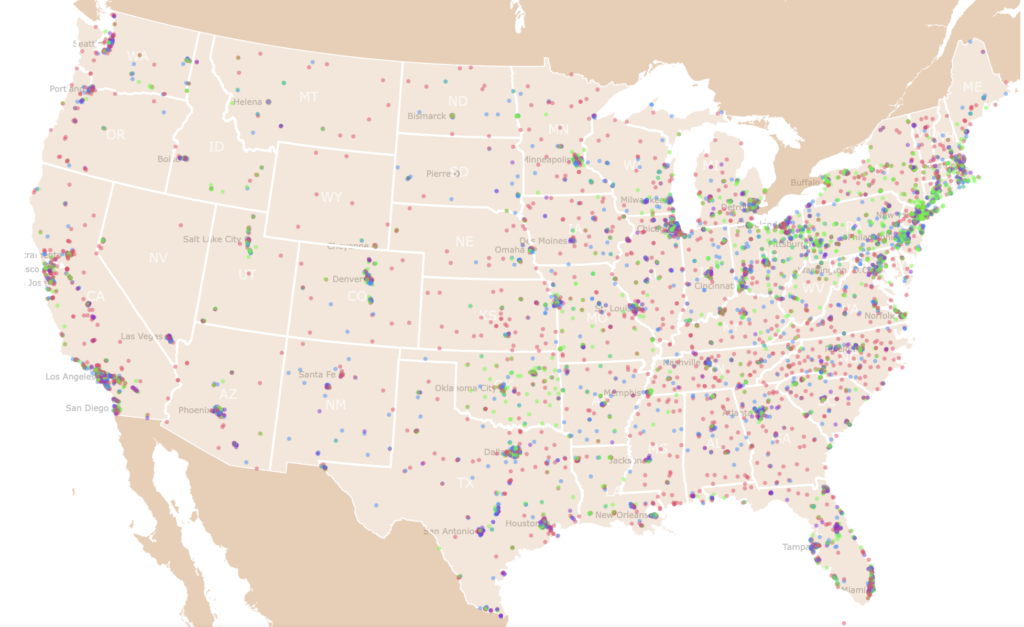
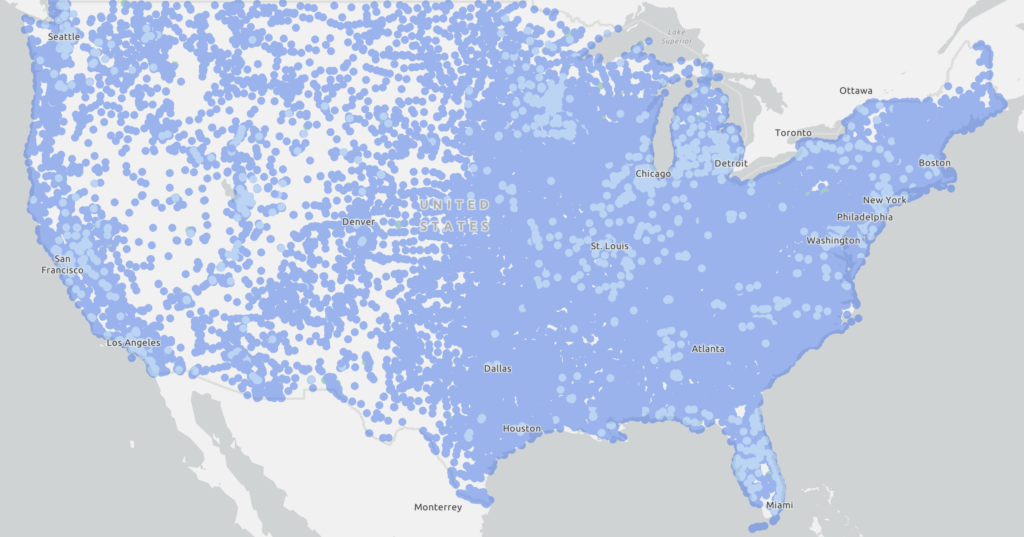
“The Future is Already Here, It’s Just Not Evenly Distributed.”
The above adage from William Gibson is always rattling around in my head. Often, those futures seem pie in the sky… until they don’t. Around the world, there are multiple signals of possibility with regard to both repurposing facilities and identifying new income streams. As the writer, anthropologist and activist David Graeber said, “The ultimate hidden truth of the world is that it is something that we make, and could just as easily make differently.”
Spaces
As mentioned in a recent blog, “Homeschool Connect” programs are making use of underutilized school spaces to support the growing homeschool community and provide additional learning opportunities. DaVinci Connect, for instance, launched in an empty elementary school and now serves as a hub for homeschool families.
Some schools are already modeling multigenerational learning. In Cajon Valley School District, the Launch Pad (in partnership with the San Diego Workforce Partnership) is located in a middle school and serves as a student and parent resource center. Similarly, Vaux Big Picture High School (Philadelphia) and Central High School (Kansas City) have co-located educational and community resources to support both youth and their families. Community Schools are another great example of finding novel ways to meet the needs of the community. The Community Schools initiative from Chicago Public Schools has programs that focus on four areas: expanded learning opportunities; health and social supports and services; family and community engagement; and early childhood development.
Funding
Let’s also examine how the money is shifting—and what that tells us.
Nationally, 25% of online college enrollments (at institutions like WGU and SNHU) are funded by employer benefits. That means a dramatic number of students are going to college on the dime of their employer—companies like Starbucks and Amazon are leading the way here.
This shift reflects two major transformations:
- Education is becoming a retention and pipeline development strategy—67% of employees took the opportunity to learn new skills.
- People no longer go to college just to get a job. They go to college to get a better job.
In other words, employers are actively supporting the move toward an unbundled, abundance ecosystem.
There’s also momentum behind proposals to amend 529 plans—traditionally used to save for college—so that families can use them for credentials, bootcamps, or reskilling opportunities.
Globally, there are even more bold models to draw from:
- Singapore recently introduced a monthly allowance to help mid-career professionals train in meaningful new skills.
- France offers the Compte Personnel de Formation, an account of training credits available to all workers, including freelancers, for use on a wide range of certified reskilling programs.
- Sweden’s Transition Study Support (Omställningsstudiestöd) covers up to 80% of salary for up to 44 weeks for workers looking to change fields.
- South Korea has operated a Lifelong Education Promotion Plan since 2002, which includes the National Tomorrow Learning Card—a voucher system that helps fund vocational training for both employed and unemployed individuals.

Imagine if these reskilling allowances could flow back into our public institutions, creating places of learning, belonging and collaboration for decades to come.
The Mindset Shift
This isn’t just a policy innovation. It’s a mindset shift. It’s a move away from scarcity: one-size-fits-all schools, rigid seat-time rules, and exclusive access to opportunity. It’s a transformation toward abundance: modular, adaptive, learner-centered systems that evolve with people’s needs.
To make this shift, it may take some manual overriding, a reprogramming of what we thought we knew to ensure that our future is better and more inclusive than our past. To return to the Reid Hoffman framework from the first blog, it means becoming a culture of Bloomers.
Yes, these changes still face friction—outdated seat-time regulations, legacy assessments, and siloed funding streams. The old infrastructure was built for uniformity. The future requires systems built for unbundling, interoperability, and trust.
We’ve said before: abundance isn’t just about having more. It’s about designing new and better. New signals, new experiences and new models.
As AI and choice expand what’s possible, the real question isn’t if we can reimagine education. It’s whether we’re bold enough to let go of outdated models—and design for everyone.
The future of learning is lifelong, personalized, and abundant. It’s already here. Let’s build the infrastructure and architecture to match.
The post Lifelong Learning as Abundant Learning appeared first on Getting Smart.



